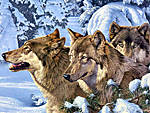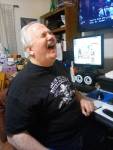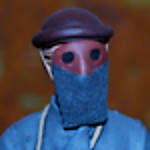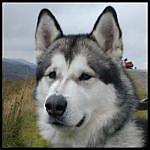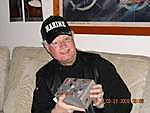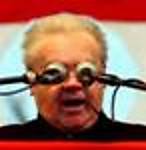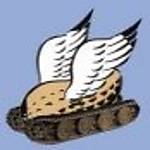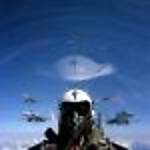This build stalled in 2007, Happily however, things are finally back on the road again, so we'll see if the Soppy gets skinned this time around...
A recap - The original (Academy?) Camel kit was let down by shape discrepancies and the classic 'starving cow' method of wing rib reproduction.
Hobbycraft re-tooled it some years ago, corrected the shapes, eliminated the rib issue and re-released what is a very good basis for the Camel. Puzzlingly though, all that effort went unsupported by any apparent effort to actually tell the modeling world what they'd done... Shame really. I discovered it quite by accident and immediately bought two. Glad I did as I haven't seen any more since.
As I mentioned, the one area where the new kit really needs a boost is the cockpit. It really is very basic but provides a few bits for a bit of amateur tlc. Being blessed with some great references (via Ken Foran's delightful 1:16 build) I decided scratching up a new interior was a real possibility. I got some distance into this and then stalled over the bracing wires. In the interim, those lovely people at Part knocked up a fab etched set, so that's been added to the mix and effectively left me with no excuse for not resuming this one.
The story so far.
This is the Clerget engined version - here's the basic engine (to be augmented later).
Rib tape detail needs knocking back (started in the lower wing).
The fuel tank immediately behind the pilot is absent from the kit. I made mine from two bits of plastic tube glued 'over and under' shotgun style - the gap was filled with card and the ends boxed (tubed?) off with more card, sanded and sprayed Alclad II.
The rear of the finished fuel and aux tank - I don't waste time on what can't / won't be seen.
The finished fuel (with leather support straps) and aux tanks - the latter is part of the top half of a Bf109G drop tank with card and rod filler cap. The main tank is yet to grow a filler neck and cap...
The basic structure knocked up from stock plastic and card and added to the bare interior. Basic wood oils added on the right and clear orange'd on the left.
Some tube mocked up to accept the carb intake from the kit. Short sections will be cut and used from this either side to rectify the short width of the kit item...
The detailing fun begins - fixing plates on both sides (collared from a 1:35 scale Brumbar armour etched set) plus fuel pulsometer on the right with connecting pipe running aft to the tank location. The lower pipe is yet to be fitted.
Port interior, part complete. Bracing wires etc to follow.
Starboard interior, as above.
It's been a recurring wish to carry off at least one scratch built WWI seat in my life and happily I've discovered a method that's within my reach. My scratch build efforts are concocted off the back of a gorgeous 1:16 Camel created from raw materials by the very talented Ken Foran in 2004. I saved all the build pics he published to PC and these have been gold as far as knocking up my half sized 1:32 efforts in Hobbycraft's really nice kit.
No, I'm not building a four seat Camel...
Going left to right, starting on the left, is the kit seat - undersized, solid, shallow depth and intended by Hobbycraft to be covered with 'wicker' decal that's nonetheless really quite unrealistic.
Next seat along is a generic resin jobbie created by Mike West who, reading of my plight when I was in the opening stage of this build some years ago, very kindly sent me the item gratis.
Third seat along is the back of the Part etched jobbie, w-a-y to thin and unrealistic but it has yielded a reasonable representation of the wicker weave that could be used to cover the mock pan, if I don't make a cushion.
Finally, my finished basic frame. This is the MkVI version after I discovered I was going no-where with wire and CA. I therefore resorted to building it to this point from plastic, really because nothing else had worked and it had become more obvious that I could succeed if I stopped trying to shape the top double curvature rail in one hit and instead broke it down into more manageable pieces.
So, here's the thing on its tod...
...and here's how it finally got to this point...

Stage two was to fit evenly spaced risers that 'dog-leg' to form the criss-cross pattern so characteristic of the seat. The basic seat frame grew brass wire 'risers' a couple of weeks back and progress continued with the bindings on the front rails either side of the front of the seat being added.
The bindings on the top rail were about a third of the way round and going according to plan when a micro-joule of excess tension was applied to snug the un-annealed wire. A miniscule but sharp crack signaled the sudden and catastrophic exit of a quarter of the top rail, together with various risers. It was a mess...
It was one of those moments when it all hangs there in the balance, mocking you with that 'so you thought you had it cracked' thought circulating round your head in a closed loop. It could've gone in the bin but a tiny voice at the back of my mind (my wife calls it 'reason') chirped up and steered me back on to the job of repair.
A change of binding technique, some annealed wire and it was ready again for the horizontal weave top and bottom.
The line is very soft and supple and perfect in this application. Just some binding along the seat pan's leading edge and a representation of the leather cover on the seat's top rail were then left before was ready for the paint shop (a Milliput seat pad is still to come).

A unifying coat of Gunze 'Sail Colour' was used as a primer to subsequent treatments, thinned with Tamiya acrylic thinner, to avoid damage to the fishing line.
The holes drilled across the front of the seat pan simply facilitated binding the forward edge and will be covered and hidden by the inevitable seat cushion to come.
This really is the bit I thoroughly enjoy - painting and finishing. I sat and pondered the primer (Gunze Sail Colour) that ended up that muddy, cold tone you see in the previous pics and figured that was a good start as it'd 'pull' the warmth of the Tamiya Clear Yellow and Tamiya Clear Orange to come.
The yellow was applied until quite a saturation was achieved. Orange in significantly less quantity biased the yellow in that direction. Once dry, homespun Tamiya flat clear coat (Tamiya Clear with as much Gunze flatting agent in it as I could get without frosting) was applied in half a dozen coats.
Flattening the finish lightened the tones - a deliberate objective. I decided I wanted a warm 'cane' colour (thanks Paddy)) so when the flat was dry I took some Yellow Oche oil paint and mixed it 50-50 with Liquin (Japan Dryer in the States). This was lightly applied taking care to avoid clogging the weave. The Yellow Oche was lightened with 50% white and applied - several times to lighten it back.
When I started to feel I had it where I wanted it I put it aside for a day to see if I had the same opinion 24 hours later. Happily I did. This is a worthwhile test in modelling and stops me going too far with a correction in colour - most of the time
Humbrol enamel flat black was run over what will become the leather coaming. This is no more than a base coat - the wire needs to be filled so I'll later use Lamp Black oil paint, again mixed with Liquin to achieve that. I intend the wire to be covered just enough to leave impressions in the 'leather' that there are bindings underneath. We'll see how that pans out...
Test fitting it in the Camel's 'pit indicated a nice contrast between the cockpit walls and seat - another objective ticked off.
Having brought the seat to a point where it can be put temporarily to one side it was time to fashion a cushion of some description. Thoughts of shaping White Milliput were shelved in favour of a bit of 20 thou plastic card cut to shape and sanded to eliminate the abruptly sharp corners and Tenax'd to a piece of plastic tubing for ease of handling.
The appearance is ultimately intended to approximate black leather - an item helpfully put together at the Front by the pilot's mechanic, who was obliged to resort to horse hair for the stuffing by the way...therefore please interpret any dust on the finished item as scale horsehair...

A globe shaped dental cutter in my Minicraft drill routed out the button areas and other grinding bits made short work of the smoothing. Mr Surfacer 1000 was blobbed on via a paint brush to gently round out the curves and edges before my Punch 'n Judy set had a day out in creating five 'buttons' from 10 thou card. These were tacked in place with gel type CA and Microweld was dabbed on each to gently de-bur the edges. It's since been given a base coat of Tamiya XF1 black, thinned with cellulose.
The IP's underway with the acetate instruments backed with Humbrol white. Finding suitable masks for the bezel mounts is proving problematic at the minute but will hopefully be skinned soon.
The Part set also yielded footboards and a combined bracket for the stick. The brass footboards are mighty thin so were CA'd to 10 thou plastic card. The mount was a flat bar and very visibly unrealistic so it was sliced off and the bracket liberated. A piece of plastic rod was cemented in place and the bracket placed on top of it. It's better than the Part set up but not strictly accurate for a Camel - I made the adjustment first and checked my reference second...doh!
Gunze Dark Yellow was run in and oils used to add subtle grain, although this is hampered by the deep etched 'grain' already put there by Part. Clear yellow and orange topped it off, with the finish left noticeably worn compared to the rest of the 'pit.
The fuselage was taped up to start test fitting the foot boards and figuring out how the control cables would be run in and tensioned after the fuselage is closed up. I have a cunning plan...
.5 and .4 brass tube is en route to Castle Von Doctor for the bracing wires on the fuselage sides and big thanks go to Bob Von B for showing me where to buy the good stuff...and how to cut it.
Happy days.
Steve





